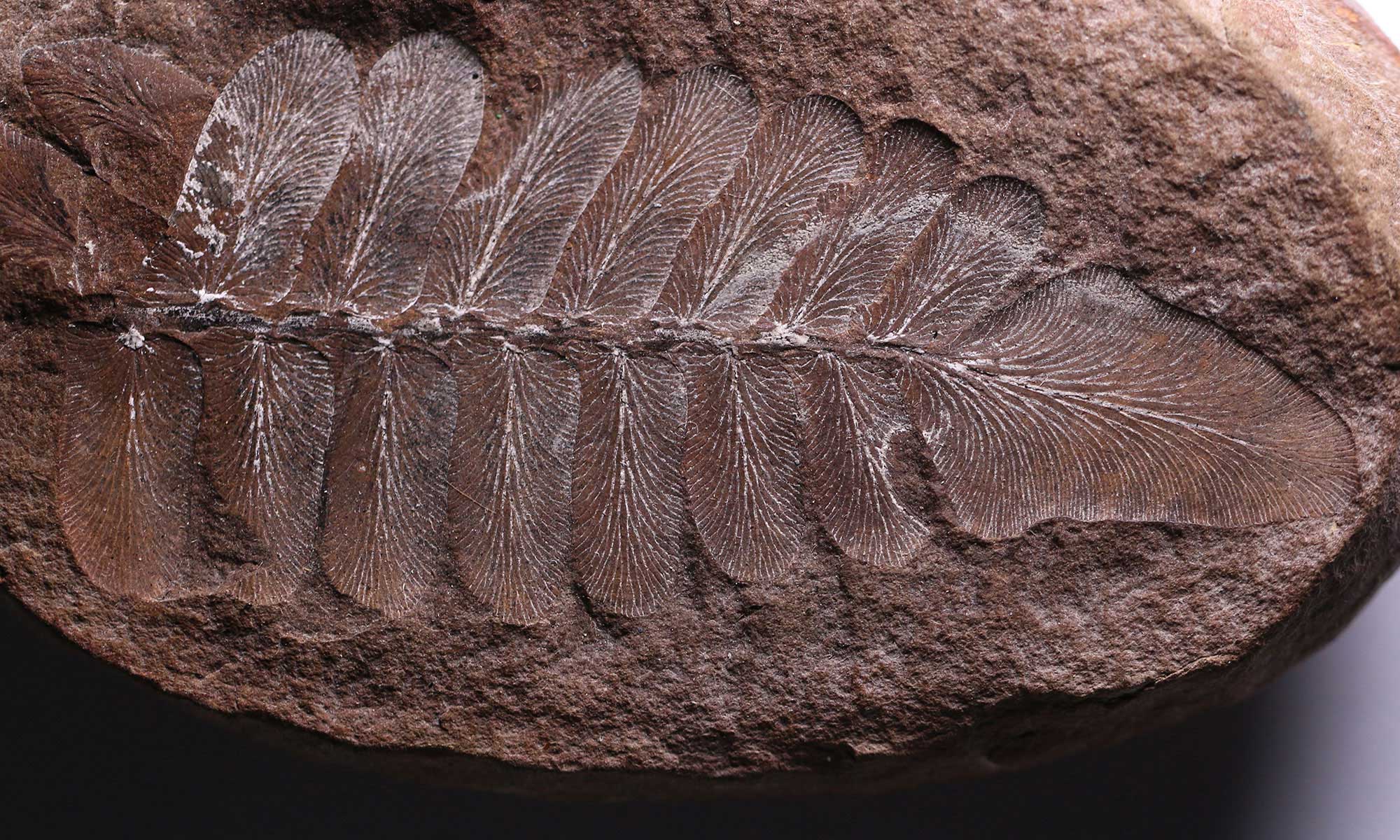Arilus cristatus, the wheel bug, is a truly impressive insect and one that I was fortunate enough to encounter today on my way into work. I came across this spectacular individual crossing the street outside our building this morning and collected it so I could take some photos later in the lab.
Wheel bugs are a a type of large assassin bug, a diverse group of true bugs in the family Reduviidae. As their name suggests, assassin bugs are deadly predators, feeding voraciously on other arthropods. Like all hemipterans, the mouthparts of assassin bugs consist of a long, segmented tube called a rostrum. Most hemipterans use this piercing apparatus to suck sap from the stems of plants, but the assassin bugs put it to a far more sinister use, empaling their prey and injecting lethal saliva packed with digestive enzymes which liquefy the unfortunate victim’s innards. The nutrient-rich soup is then sucked out with the rostrum acting rather like a straw.
Arilus cristatus and most of the other assassin bugs are beneficial insects, feeding on numerous arthropod pests. While the larger species like the wheel bug can inflict a painful bite when provoked, most reduviids are generally harmless to humans. However, members of the subfamily Triatominae are haematophagous and make a living drinking the blood of vertebrates, including humans. Indeed, triatomines are commonly called “kissing bugs” due to their habit of biting people on the face while they sleep. Unfortunately, they are potential vectors for the parasitic trypanosome that causes Chagas disease, a dangerous tropical illness.

